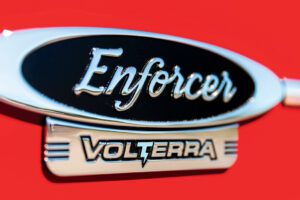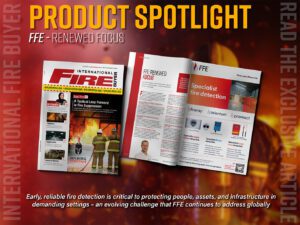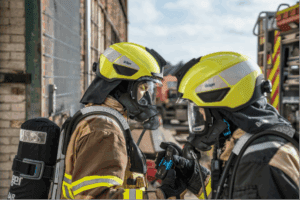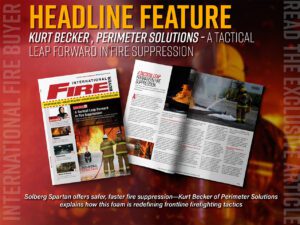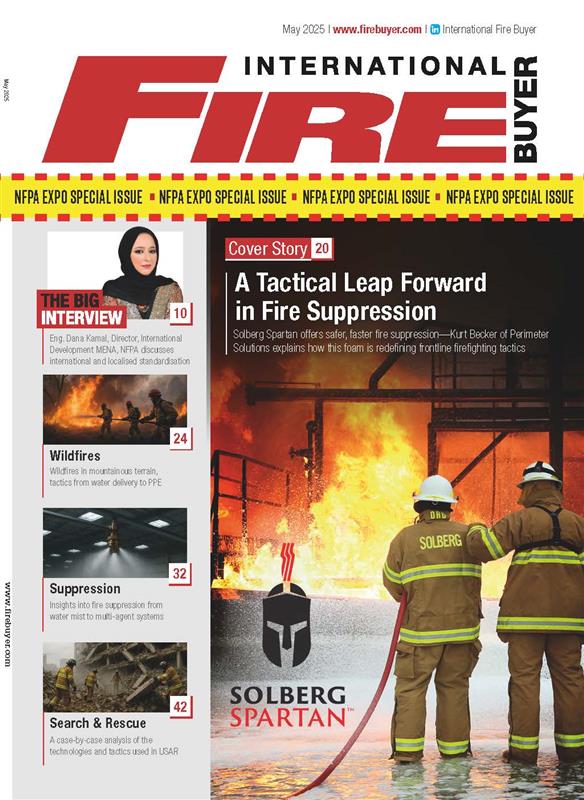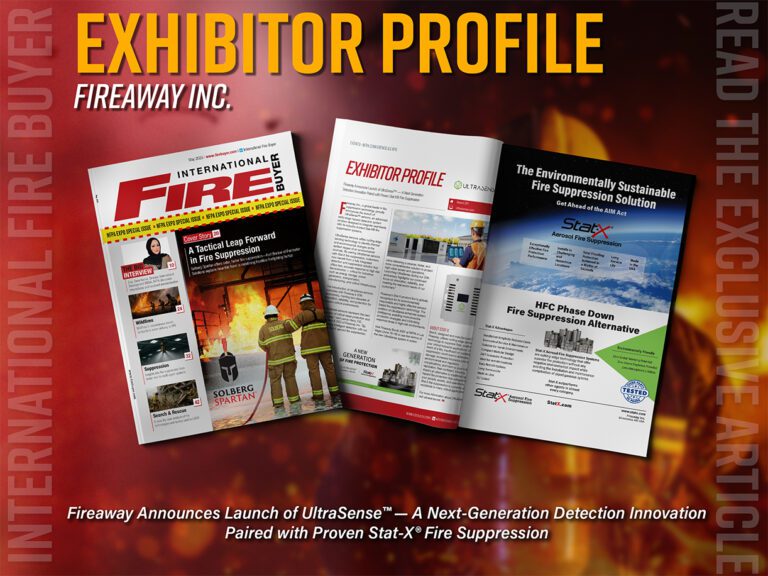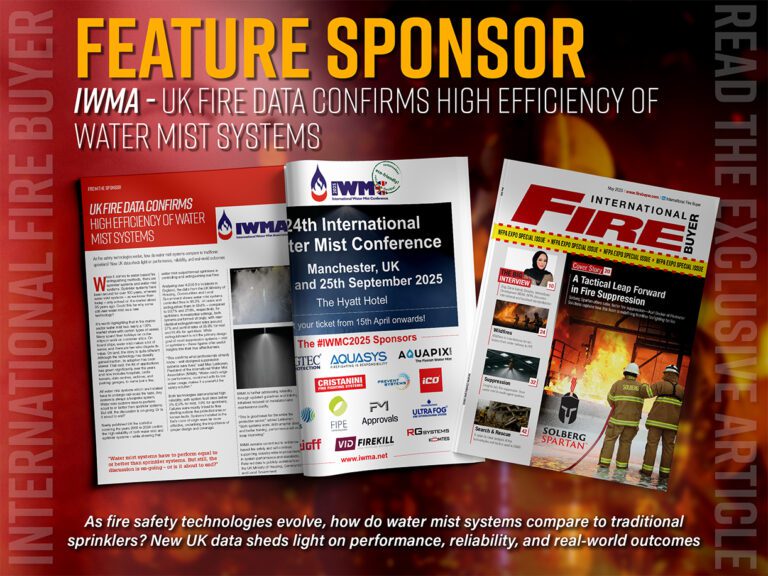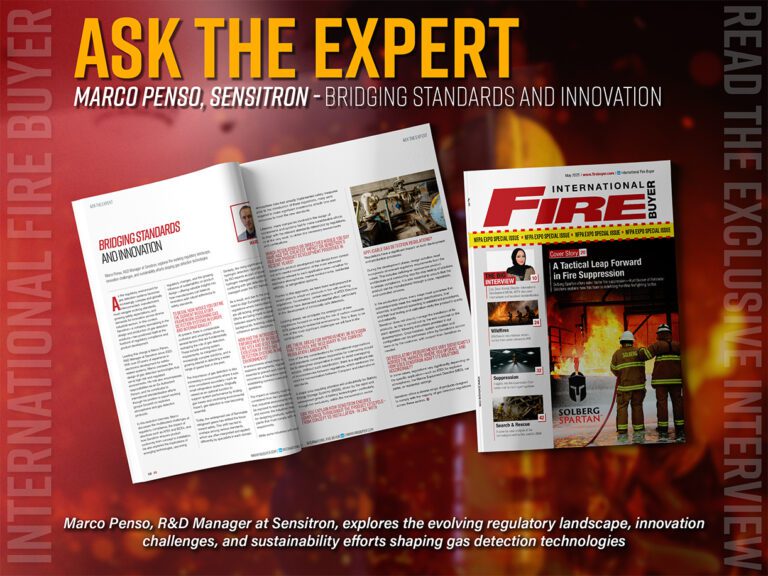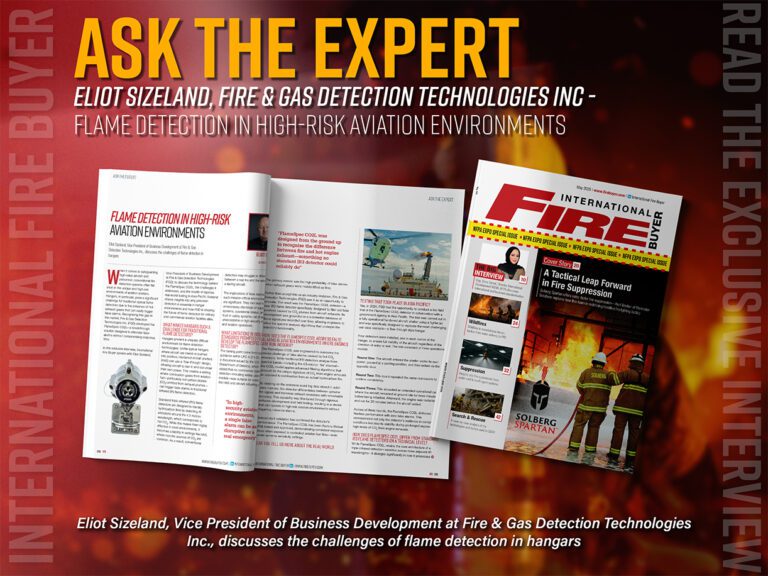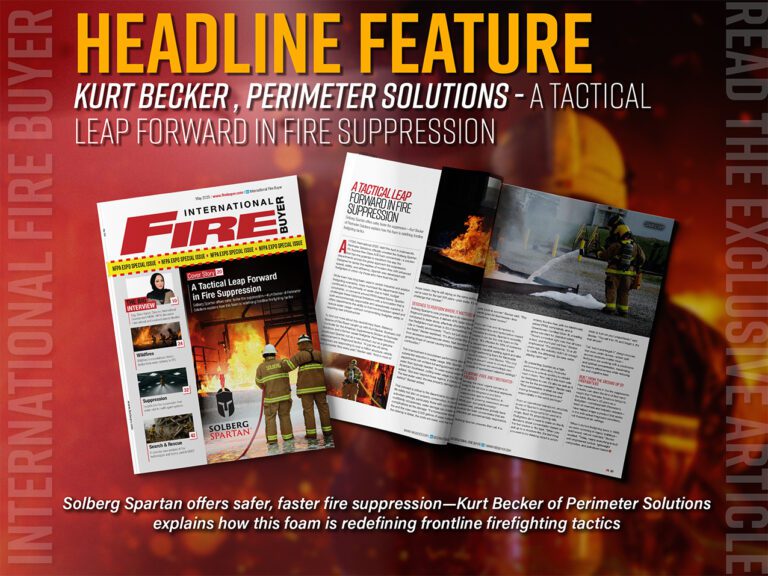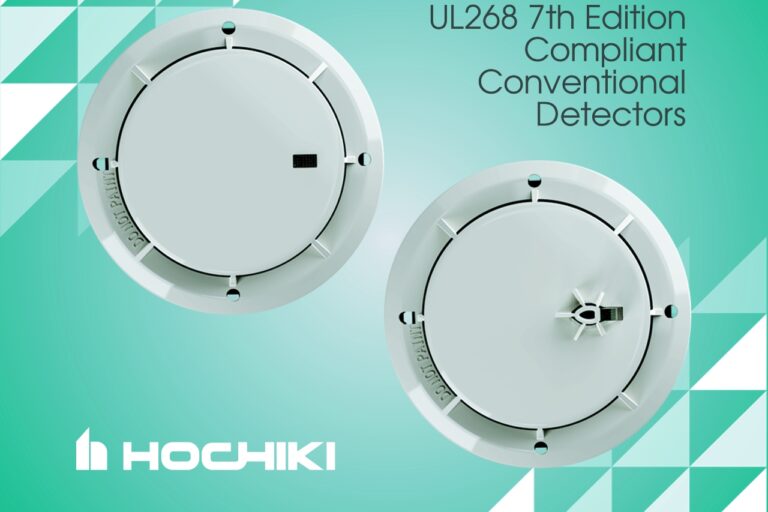Sponsored by Holmatro, Fire Buyer takes a look at some of the biggest challenges facing the extrication sector, and the innovations that have taken place to mitigate these barriers
Extrication is a fundamental part of firefighting. When people think of firefighters, they assume running into a burning building and attacking a flame face on, but it is so much more than that. When people think of extrication, they predominantly think of road collision accidents. But extrication comes into all other parts of search and rescue, from tragedies like the recent earthquakes in Turkey and Syria, alternative vehicle accidents like airplane crashes, or even extricating persons that may have been trapped in unusual places such as sewer pipes or underground train tunnels. The number of different scenarios is endless, and it is a search and rescue team’s duty to predict and control these situations.
To help aid these more unusual operations, as well as meet the modern-day challenges presented by a technologically advanced world, we must look to technologies and innovations in the sector to better equip our firefighters to do their job efficiently, and more importantly, safely. The fire industry is one that relies on protocol, and reliable technologies because the equipment is tried and tested and proven safe, but we must evolve to beat the modern world challenges, which cannot always be tackled with traditional methods and tactics.
Before we go into some of the biggest innovations of extrication tools to date, we must first appreciate how far the industry has come. Many firefighters can probably remember having a hydraulic extrication tool powered by a gasoline power unit, along with some simple pry bars and maybe a spring-loaded centre punch to get people out of a wreck.
Today the number of tools that can be used is significantly higher. Each can do something different. A department that wishes to excel at extrication will need a vast array of tools to perform extrication quickly, efficiently, and effectively—especially on modern vehicles. The materials used in today’s vehicles and various assembly methods provide challenges to all responders. The required tools also challenge fire departments in different ways.
For clarity, the typical process of extrication, for a road collision accident, by fire departments has five primary steps. Although note that every extrication is different dependent on the situation at hand, the location, age of vehicle, operator and tools available etc.
Gain access to the rear door latch by spreading the rear door window. Place hydraulic spreaders into the window opening and ensure that the upper tip captures the roof rail and not just the door rail. This will help immediately pull the inner door material away from the victim and create a purchase point for access to the latch.
Place spreaders into the gap that has just been created near the latch. It is imperative that the spreader tips are placed against structural material on the inside of the door. On newer vehicles, if the tips contact the outer edge of the door panel, the door panel separates. This results in a loss of door strength and integrity, which reduces the structural resistance required to pop the latch. The end product will be sheared out door skin and or C post around the latch with a door that is still clinging on. The inner door panel is connected to the outer door skin with a bead of automotive adhesive that quickly separates under pressure.
Now that the rear door is popped, open the door and slip inside with cutters to make a relief cut low on the back side of the B post. This relief cut should be below the lower hinge and above the rocker. It should also be made as close to the rocker as possible to avoid cutting the seatbelt pre-tensioner.
To read more news and exclusive features see our latest issue here.
Never miss a story… Follow us on:
![]() International Fire Buyer
International Fire Buyer
![]() @Firebuyer
@Firebuyer
![]() Fire Buyer
Fire Buyer
Media Contact
Louis Curtis
Editor, International Fire Buyer
Tel: +44 (0) 1622 823 922
Email: [email protected]


